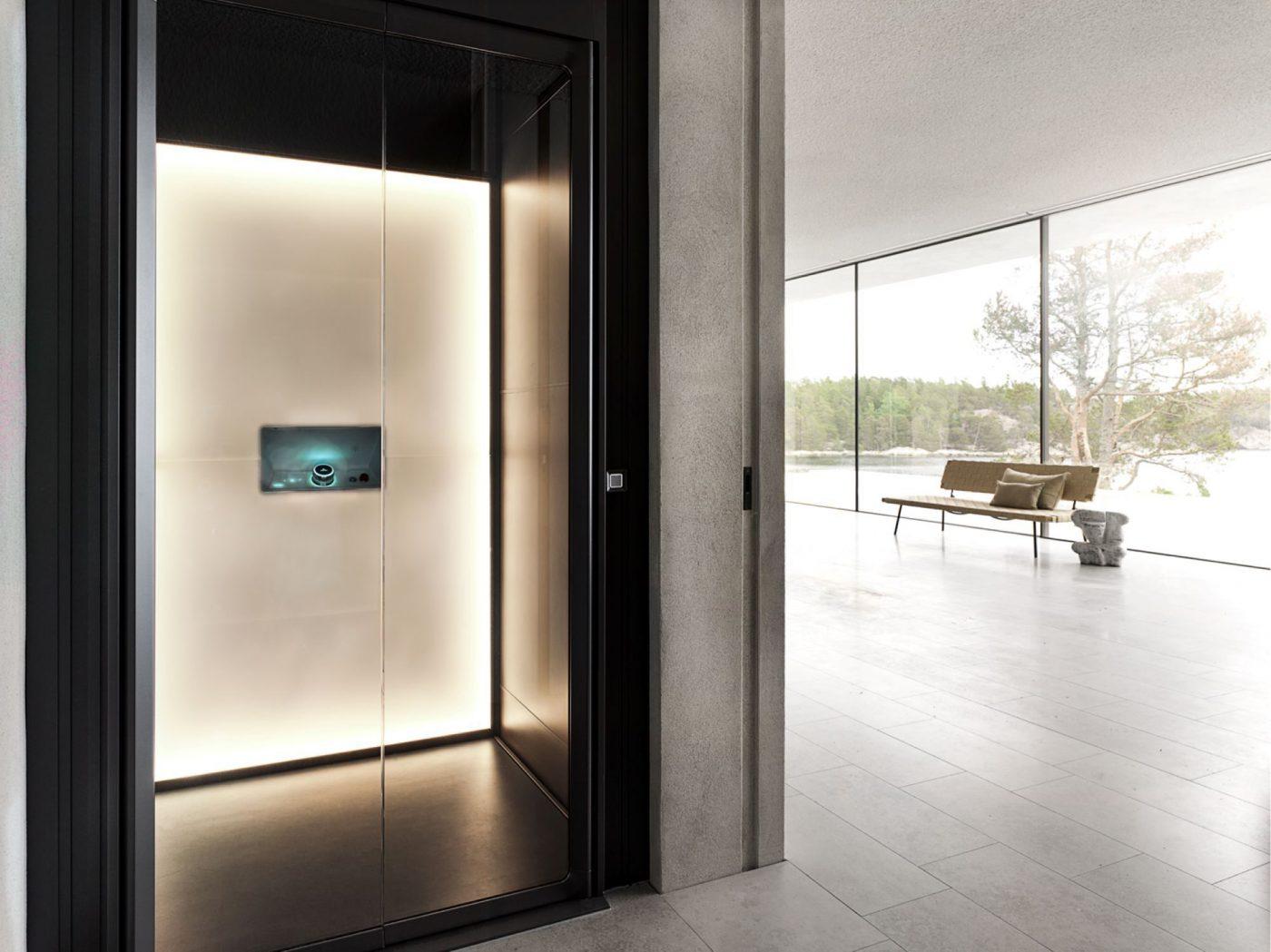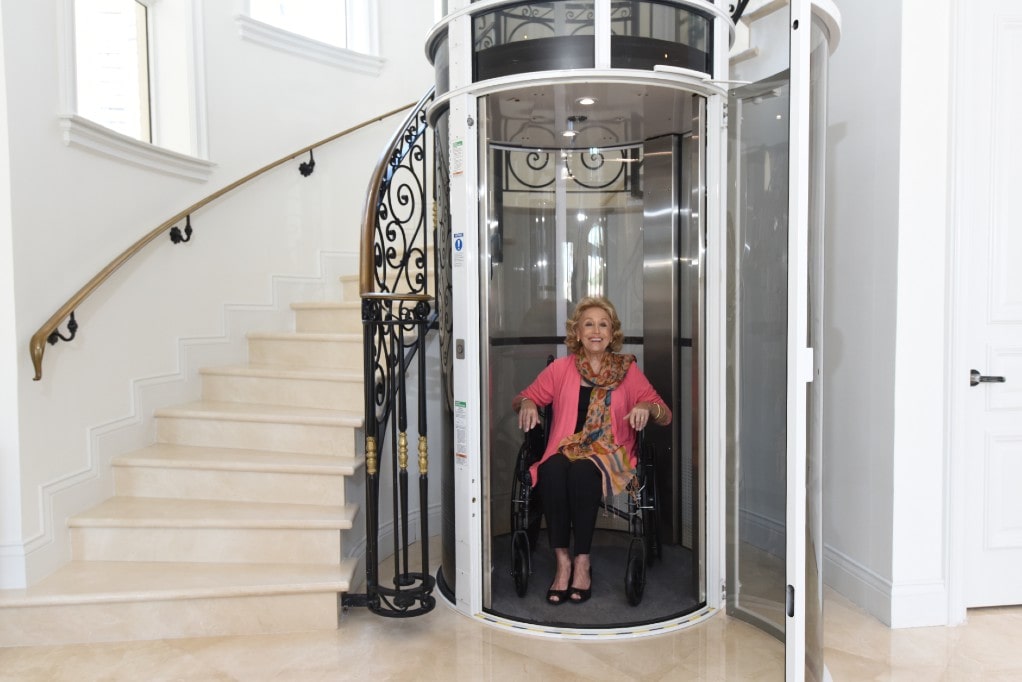Locate Dependable Lift Repair Near Me for Quick and Affordable Solution
Locate Dependable Lift Repair Near Me for Quick and Affordable Solution
Blog Article
Deciphering the Intricacies of Lift Innovation: Troubleshooting Common Problems Throughout Lift Models
In the realm of lift technology, a myriad of details typically exist beneath the surface area of what shows up to be an uncomplicated device. From slow-moving procedure problems to strange sounds emanating from the machinery, fixing usual problems throughout various lift versions requires an eager eye for detail and a methodical technique - repair and maintenance services. As we embark on this journey to untangle the complexities that can afflict these essential devices, a much deeper understanding of the internal operations and prospective risks of lift innovation is crucial. Remain tuned as we browse through the labyrinth of lift breakdowns, seeking remedies to the enigmatic issues that can disrupt the smooth performance of these indispensable apparatuses.
Determining Slow Operation Issues

Next, check the electrical connections to guarantee that all components are correctly attached and functioning. Defective electrical wiring or loosened links can lead to slow down procedure or full breakdown of the lift system. Furthermore, it is vital to check the control system to determine if the issue depends on the shows or sensors.
If the aesthetic inspection and electrical checks do not disclose the source of the slow operation, additional analysis tests may be required. These might include pressure examinations for hydraulic systems, voltage tests for electric components, or running diagnostic software application for the control system. repair and maintenance services. By following a methodical approach to fixing sluggish operation problems, you can successfully identify and deal with the issue, making certain the lift runs securely and effectively
Resolving Strange Noises
To effectively troubleshoot lift technology for unusual noises, an extensive assessment of the lift parts complying with the recognition of sluggish procedure problems is necessary. Odd noises in lifts can be indicative of underlying problems that call for punctual focus to make sure the safety and reliability of the system. Typical sources of odd sounds in lifts include worn-out or misaligned wheels, harmed electric motor bearings, loose or broken suspension ropes, and malfunctioning control systems. When addressing odd noises, it is vital to perform a systematic evaluation of these parts to identify the exact source of the sound precisely. This might entail looking for any type of noticeable signs of wear and tear, checking the capability of motor bearings, tightening loose links, and oiling relocating components as needed.
Additionally, it is vital to refer to the lift maker's upkeep guidelines and look for help from certified service technicians when dealing with intricate lift components or strange troubleshooting procedures. By without delay dealing with unusual sounds and resolving underlying issues, lift drivers can make certain the optimal performance and security of the lift system for travelers and operators.
Solving Faulty Control Issues
A reliable method for dealing with defective control problems in lift modern technology includes conducting a thorough evaluation of the control system's components and capability. When running into concerns with lift controls, it is vital to first look for any type of loose links, damaged circuitry, or malfunctioning sensing units. Confirming that all control switches, keypads, and screens are functioning properly is likewise essential in diagnosing the trouble precisely.
If no noticeable problems appear, specialists need to proceed to check the control panel for any type of indicators of water getting too hot, corrosion, or damage, as these can often cause regulate malfunctions. In addition, resetting the control system or upgrading the software application might help fix specific problems or pests causing the problem.

Taking On Hydraulic System Malfunctions
The performance of hydraulic systems in lifts depends greatly on the proper performance of different components within the system. When hydraulic systems malfunction in lifts, it can result in operational disruptions and security worries. One typical concern is hydraulic fluid leak, which can happen as a result of worn-out seals, loosened connections, or damaged cyndrical tubes. To tackle this problem, service technicians need to conduct a comprehensive assessment to determine the resource of the leakage and replace any type of damaged components immediately.
In addition, abnormalities in hydraulic liquid degrees or uncommon sounds during lift operation may show look at this now underlying system malfunctions that require prompt focus to stop additional damage. Regular upkeep and prompt troubleshooting of hydraulic system problems are important to making sure the risk-free and effective operation of lift innovation.
Handling Electrical Component Failures
Dealing with electrical part failings in lift modern technology demands an organized strategy to detecting and settling concerns to preserve operational performance and safety criteria. When running into electric issues in lift systems, it is vital to very first carry out an extensive assessment of the electric parts, consisting of control board, electrical wiring, sensors, and circuit card. Any indications of damage, corrosion, loose connections, or charred components ought to be thoroughly kept in mind and resolved promptly to stop additional issues.
When it comes to electric element failings, it is necessary to comply with manufacturer guidelines for troubleshooting and fixing procedures. This might involve original site checking the components utilizing multimeters, oscilloscopes, or other diagnostic devices to identify the specific source of the malfunction. Furthermore, having a thorough understanding of the lift's electrical schematics and circuitry layouts can help in recognizing and correcting concerns efficiently.
Regular upkeep and inspection routines can aid prevent electrical failings by discovering possible issues early. Proper training for lift specialists on electric systems and parts is also important to guarantee precise diagnosis and efficient resolution of electric troubles, ultimately adding to the overall safety and dependability of lift procedures.
Verdict
Finally, fixing lift modern technology calls for a methodical strategy to identify and deal with typical troubles such as slow operation, strange noises, malfunctioning controls, hydraulic system breakdowns, and electrical component failures. By comprehending the intricacies of lift technology and adhering to proper fixing steps, service technicians can properly resolve concerns and ensure the effective and risk-free procedure of lifts throughout numerous versions.
To properly repair lift modern technology for odd noises, a complete exam of the lift elements adhering to the recognition of sluggish operation issues is important. Unusual noises in lifts can be a measure of underlying issues that need timely attention to ensure the safety and security and integrity of the system.An effective strategy for resolving malfunctioning control problems in lift innovation involves carrying out a comprehensive analysis of the control system's components and capability.The effectiveness of hydraulic systems in lifts depends heavily on the appropriate performance of various parts within the system. repair and maintenance services. When experiencing electric problems in lift systems, it is vital to first carry click over here out a thorough assessment of the electric components, consisting of control panels, circuitry, sensors, and circuit boards
Report this page